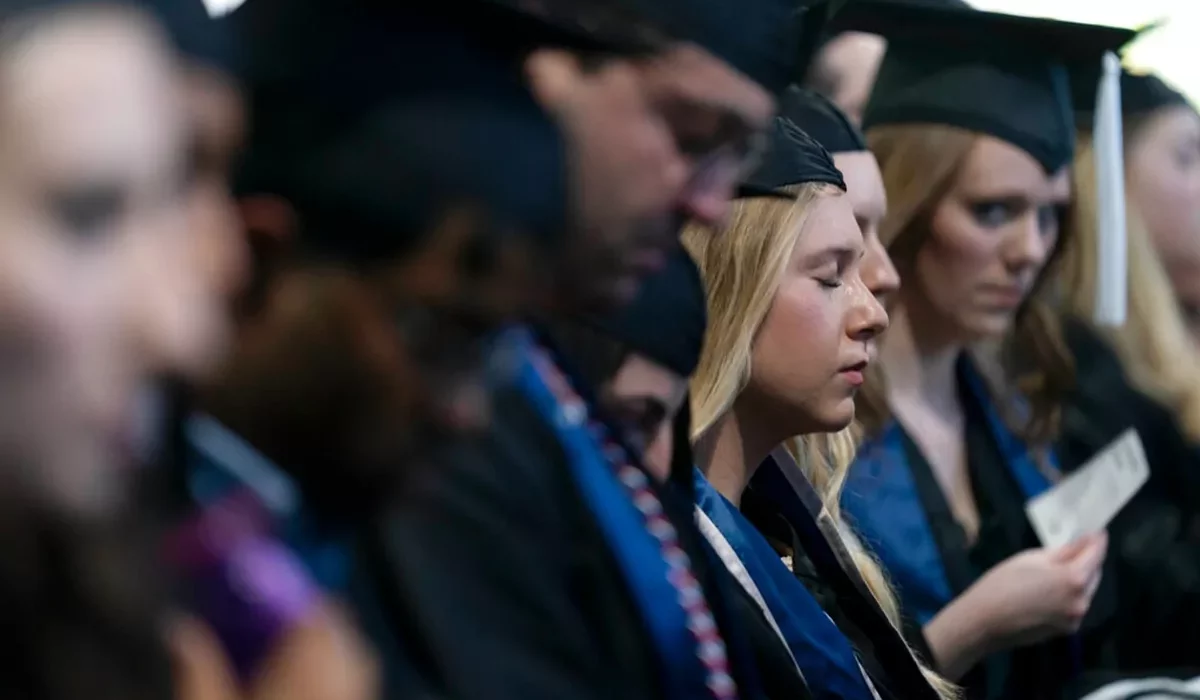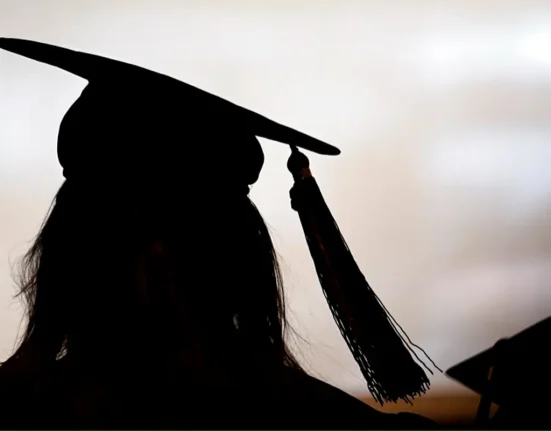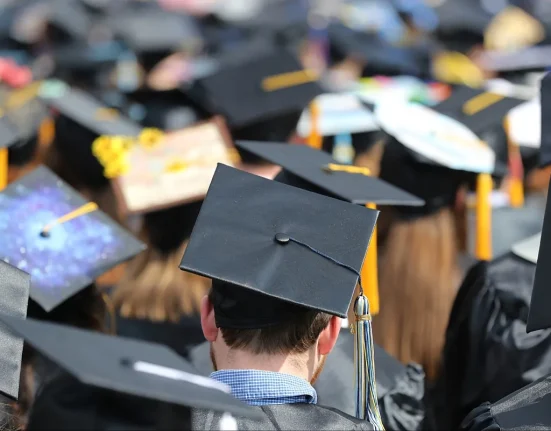Commencing with the restart of federal student loan bills in October 2023, the Fresh Start initiative provides a golden opportunity for borrowers who defaulted before the pandemic.
Fresh Start is exclusively available to borrowers with federal student loans, provided they defaulted before the forbearance began on March 13, 2020.
Certain loan types, such as private student loans and school-held Perkins Loans, are not eligible.
Remember, the Fresh Start program provides a second chance for those who rehabilitated and defaulted in the past.
Even if you’ve used rehabilitation or consolidation before, Fresh Start offers another path out of default.
Enrolling in the program offers a multitude of benefits, including the restoration of loans to “current” status on credit reports, removal of negative default marks, access to federal student aid and government loans, and the flexibility of repayment plans like income-driven repayment.
The Fresh Start program, accessible now, is a comprehensive solution for borrowers.
It doesn’t demand a lump sum payment or loan consolidation, setting it apart as a practical option for those looking to manage their student debt effectively.
What happens after you enroll in the Fresh Start program?
Under the U.S. Department of Education’sFresh Start program, eligible borrowers with defaulted student loans have one year after the pandemic payment pause ends to bring their loans back to good standing.
Here’s what you need to know:
Renewed Access to Benefits: Your loans will be reported as current, granting access to student loan forgiveness and repayment programs like income-driven repayment.
Short-term relief, such as deferment or forbearance, also becomes available.
Updates to Credit Reports: The default record will be removed from credit reports, offering a clean slate. Importantly, Fresh Start doesn’t count as a rehabilitation, potentially allowing for a second chance if you default again.
Collections Relief: Collection efforts will cease, even after the student loan payment pause ends.
Wage garnishment, tax refunds, and Social Security checks won’t be affected for one year following the pandemic pause.
After the payment pause concludes, monthly student loan payments resume.
The Fresh Start program requires most borrowers to establish long-term payment arrangements, ensuring a structured approach to debt repayment.
What Can You Do?
To maximize the benefits of the Fresh Start program, consider these steps:
Update Your Contact Info: Ensure your loan servicer and StudentAid.gov profiles are accurate for essential updates.
Explore Repayment Options: Fresh Start participants gain access to income-driven repayment plans, with the potential for Public Service Loan Forgiveness.
Utilize the department’s loan simulator to determine the best option for your needs.
Seek Short-Term Help: If needed, lower payments or request a temporary pause through deferment or forbearance.
Contact your loan servicer for assistance.
Consult a Financial Advisor: Feeling overwhelmed? A financial advisor can help review your options and create a plan to manage your loans effectively.
As the initiative unfolds, defaulted student loans will be reported as “current” on credit reports, and the negative marks will be removed.
The program also grants access to repayment options and forgiveness, reinstating the potential for income-driven repayment plans and Public Service Loan Forgiveness.







